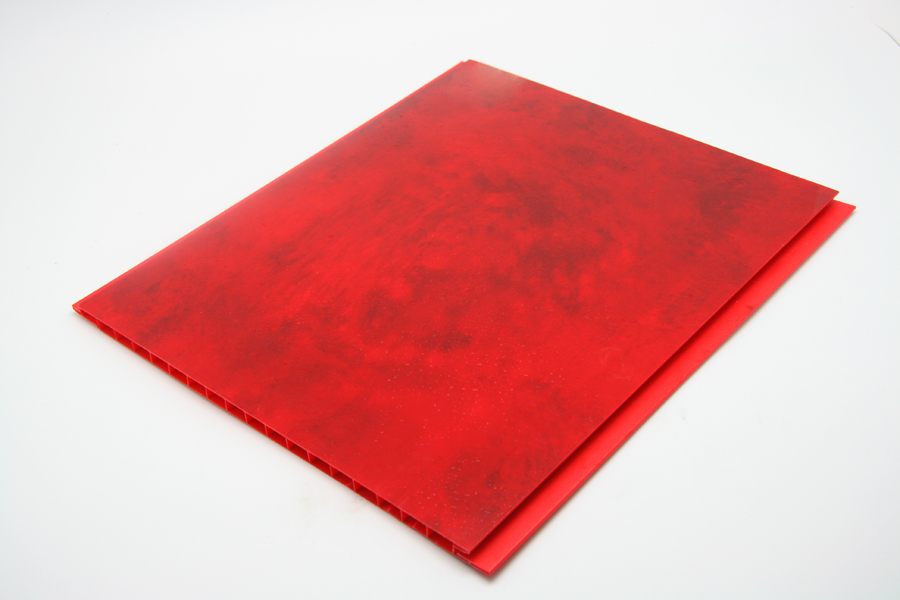Cucumber is suitable for cultivation on loose, fertile and breathable soil. Sticky soil is not conducive to the development of cucumber roots. Soil with high organic matter content can balance the contradiction between cucumber roots being wet and not resistant to phlegm, but also fertile and not resistant to fertilizer. The growth cycle of cucumber is roughly divided into germination stage, seedling stage, pumping stage and flowering and melon stage. The nutrient demand in the early stage of cucumber growth was small. With the advancement of the growth period, the nutrient uptake increased significantly, reaching the peak of absorption when the melon period was reached. During the whole growth period, the nitrogen nutrient uptake continued to increase, and the fruit harvesting period increased sharply. Cucumber was a nitrate-nitrogen crop. When only ammonium nitrogen was supplied, the leaves became smaller, the growth was slow, and the calcium and magnesium absorbed. Reduced, and often physiological disorders of calcium deficiency, resulting in reduced yield. The absorption of phosphorus by cucumber is less in the initial stage, and increases during fruit expansion and harvesting. Cucumber has the highest absorption of potassium, followed by nitrogen. Fertilization technology The fertilization amount per mu of cucumber is 400-450 kg of commercial organic fertilizer, 14-18 kg of nitrogen fertilizer (N), 6-8 kg of phosphate fertilizer (P2O5), and 9-11 kg of potassium fertilizer (K2O). Organic fertilizer is used as base fertilizer, nitrogen and potassium fertilizer are divided into base fertilizer and top dressing, and the amount of fertilizer is evenly distributed. The phosphate fertilizer is used as the base fertilizer, and the fertilizer and organic fertilizer are mixed. The base fertilizer application of farmyard manure applies 400-450 kg of commercial organic fertilizer per acre, 4-5 kg ​​of urea, 13-17 kg of diammonium phosphate and 3-4 kg of potassium sulfate. Topdressing in the early melon period: 7-8kg of urea and 5-6kg of potassium sulfate in the first melon period. Topping in the melon period: Cucumber has a long period of melon, and with the harvest of cucumber, the nutrients are continuously consumed. It is necessary to continuously topdress to ensure the supply of nutrients. Otherwise, the cucumber will prematurely decline due to lack of fertilizer, and the effective harvesting period will be shortened and the yield will decrease. It can be topdressed once every 10 days, or 2 times per harvest according to the harvesting situation, and topdressing 1 time. In order to promote the expansion of melon and fruit, improve yield and quality. The root dressing of the roots can be sprayed with 1% aqueous urea solution. In order to supplement the deficiency of phosphorus and potassium, 0.5% potassium dihydrogen phosphate can be sprayed on the foliar surface. Trace elements should be added in time when the soil trace elements are insufficient. Foliar application of 0.1% borax or multi-element micro-fertilizer 2-3 times.
Size of Printing Ceiling Panels: 200mm x 8mm, 220mm x 8mm, 250mm x 8mm, 250mm x 5mm, 250mm x 10mm, 300mm x 10mm, 400mm x 10mm.
Type: Artistic Ceilings, Honeycomb Ceilings, Integrated Ceilings, Perforated Ceilings.
PVC content: 50%, 60%, 73%, 77%, 87%.
Weight: 1.5-4 kg/m.
Feature: Self-fire extinguishing, non-flammable; Resistance to weather/ special chemicals; Waterproof / Washable.
Surface Treatment: Oil print, thermal transfer print.
Quality Guarantee: 25 years.
Certificate: ISO9001:2000, Soncap, Intertek, SGS.
Application: In recent years PVC has become an advantageous alternative than traditional materials for decorating and rearranging of interior spaces in the various environments such as residences, hotels, restaurants, industrial units, individual offices, bathrooms, kitchens, laundries.
Easy to be cut, drilled, nailed, sawed, and riveted. DIY is all right.
Pictures of Printing Ceiling Panels:
Printing Ceiling Panels Printing Ceiling Panels, Printing UPVC Ceiling Panels, Printing Decorative Ceiling Panel Zhejiang Huaxiajie Macromolecule Building Material Co., Ltd. , http://www.pvcbuildingdeco.com
Fertilizer characteristics 
Total 1 | <First <Prev 1 Next> Last> |
share to: